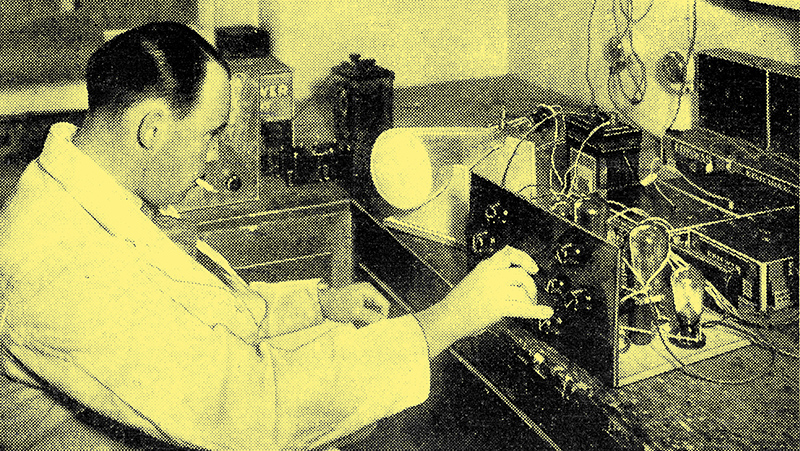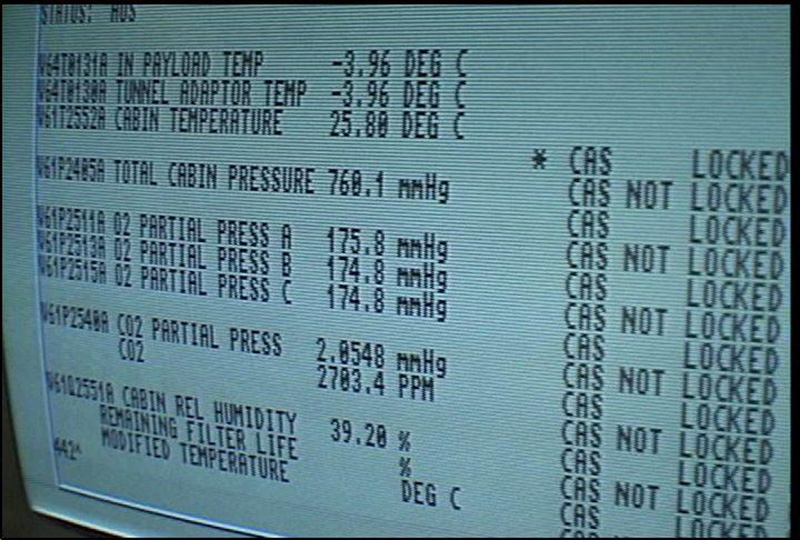2 Likes
3 Shares


By our very nature, hackers tend to get on the bandwagon of new technology pretty quickly. When something gee-whiz comes along, it's folks like us who try it out, even if that means climbing steep learning curves or putting together odd bits of technology rather than waiting for the slicker products that will come out if the new thing takes off. But building your own television receiver in 1933 was probably pushing the envelope for even the earliest of adopters.
"Cathode Ray Television," reprinted by the Antique Valve Museum in all its Web 1.0 glory, originally appeared in the May 27, 1933 edition of Popular Wireless magazine, and was authored by one K D Rogers of that august publication's Research Department. They apparently took things quite seriously over there at the time, at least judging by the white lab coats and smoking materials; nothing said serious research in the 1930s quite like a pipe. The flowery language and endless superlatives that abound in the text are a giveaway, too; it's hard to read without affecting a mental British accent, or at least your best attempt at a Transatlantic accent.
In any event, the article does a good job showing just what was involved in building a "vision radio receiver" and its supporting circuitry back in the day. K D Rogers goes into great detail explaining how an "oscillograph" CRT can be employed to display moving pictures, and how his proposed electronic system is vastly superior to the mechanical scanning systems that were being toyed with at the time. The build itself, vacuum tube-based though it was, went through the same sort of breadboarding process we still use today, progressing to a finished product in a nice wood cabinet, the plans for which are included.
It must have been quite a thrill for electronics experimenters back then to be working on something like television at a time when radio was only just getting to full market penetration. It's a bit of a puzzle what these tinkerers would have tuned into with their DIY sets, though -- the airwaves weren't exactly overflowing with TV broadcasts in 1933. But still, someone had to go first, and so we tip our hats to the early adopters who figured things out for the rest of us.
Thanks to [BT] for the tip.
#retrotechtacular #1930s #cathoderaytube #crt #television #tv


In 1986, a group of NASA engineers faced a difficult choice in solving their data processing woes: continue tolerating the poor performance of PC architecture, or pony up the cash for exotic workstations. It turns out that the Commodore Amiga was an intriguing third choice, except for the fact that, paradoxically, it didn't cost enough. Oh, and Apple wanted nothing to do with any of it.
Steeped in history, NASA's Hangar AE is a hub for launch vehicle telemetry and other mission communications, primarily during prelaunch phases for launches at Cape Canaveral. Throughout the late 20th century, Hangar AE supported NASA launch vehicles in all shapes and sizes, from the Atlas-Centaur evolutions to the mighty Titan family. It even supported user data from the Space Shuttle program. Telemetry from these missions was processed at Hangar AE before being sent out to other NASA boffins, and even transmitted worldwide to other participating space agencies.
Coming down from decades of astronomical levels of funding, the 1980s was all about tightening the belt, and NASA needed budget solutions that didn't skimp on mission safety. The Commodore Amiga turned out to be the right choice for processing launch vehicle telemetry. And so it was still, when cameras from the Amiga Atlanta group were granted permission to film inside Hangar AE.
The video below was filmed in 1998, over a decade after the first Amiga computers were installed at Hangar AE. It's fascinating (and unsurprising) to hear that the Apple Macintosh was the first choice of computing hardware. Being a closed system, however, engineers couldn't access the Macintosh at the level required, and weren't able to develop the custom hardware that was needed to support their operations. In contrast, Commodore were more than willing to send NASA an enormous stack of documentation to help them out. Nice of them!
Gary Jones, then Principal Systems Engineer for NASA, goes on to say that the Amiga was an unpopular choice for his employer. "They want us to buy PCs and run Windows 95 and NT. We keep trying to tell them its not fast enough so they tell us to buy DEC Alphas. We tell them its too expensive. They don't like the Amiga; it doesn't cost enough." Yikes.
The video takes place during STS-89 and its mission to the Mir space station. It appears that some of it has been lost to time, however an old blog post fills in some knowledge gaps, it's well worth a look and is retro-tastic in its own right. Reports indicate that these machines were in use as late as 2006, and one was actually for sale not too long ago.
So the jingle goes, "only Amiga makes it possible".
[Thanks to JohnU for this great retro computing tip!]
[Pictures from Amiga Atlanta/Mike Ellenberg]
#retrocomputing #retrotechtacular #amiga #commodore #nasa #retrotechtacluar